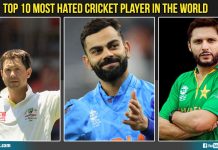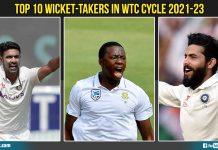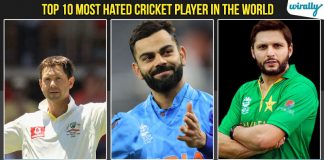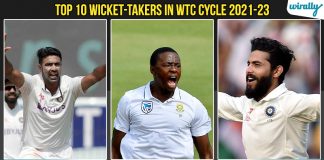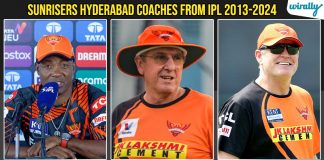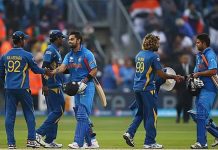13th of July, 2002.
The final of the Natwest Trophy, a day night match that was being watched all over in a nation that was getting comfortable as an upcoming superpower.
Batting first, England had scored a massive 325, thanks to centuries by both Nasser Hussain and Marcus Trescothick. In response, India began well, but faltered. Sehwag and Ganguly fell at 45 and 6), and wickets tumbled, including two men named Dravid and Tendulkar.
It was time for the nation to do what it best did in the 90s – pray. There were two youngsters at the crease, and it was going to be impossible to win this. Also, it was a Sunday, and going to school on Monday with the knowledge of India’s loss was going to be a bitter experience.
Of course, none of that happened. The two youngsters – Mohd. Kaif and Yuvraj Singh – went on to win the match, mixing aggression and defence with the reckless abandon that only inexperience can provide. The match was a turning point for both the youngsters.
One of them went on to become a legend in Indian cricket – surviving a failing body, cancer, and criticism.
The other.
He vanished.
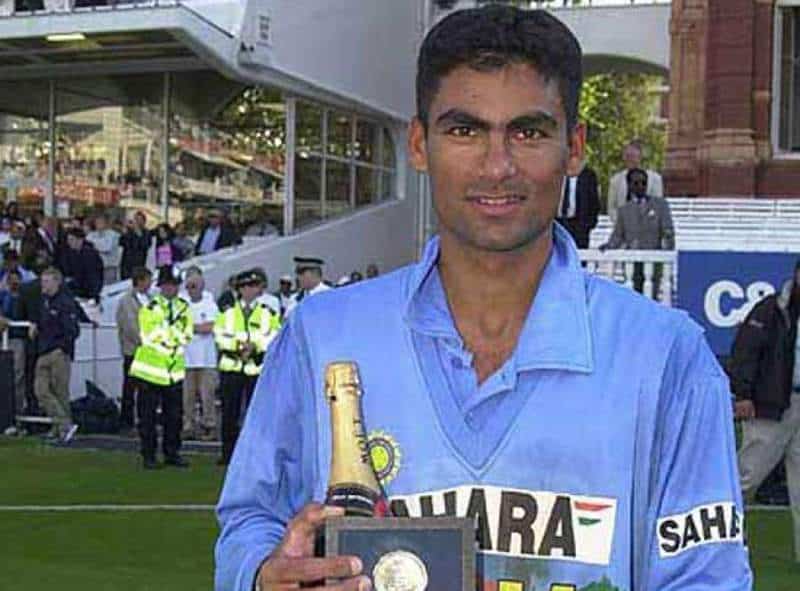
Mohd. Kaif was as different from Yuvraj Singh as a person could be.
Yuvraj was young, brash, good looking, wore his heart on his sleeve. He was also the son of a Punjabi ex-cricketer and actor, and looked like someone meant for the flashbulbs and paparazzi.
Kaif was a shy, gawky, frail youngster who barely spoke. He stayed off the news, smiling when he was asked a question by an English commentator.
And yet, there were similarities too. Both of them came from families that had played cricket. Yuvraj’s father Yograj Singh had played cricket for Punjab. Kaif’s brothers and uncles had played domestic cricket too.
They were both electric on the field, the first set of Indian fielders you could genuinely call ‘world-class’. Yuvraj prowled at Point, and Kaif on the Covers – and together, they took on the best batting line-ups of the time. They were both supremely fit, and carried a resolve to fight till the last ball.
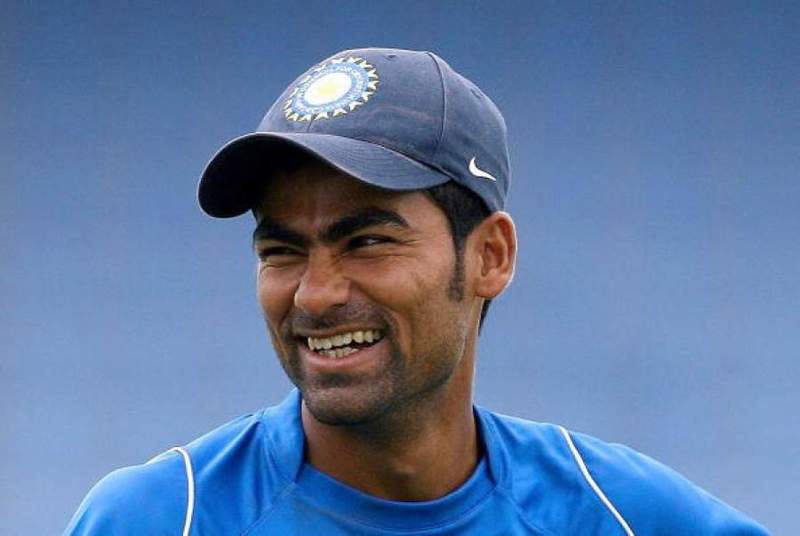
But Kaif barely spoke.
It’s a problem he acknowledges in hindsight today. That he never spoke out. That he believed in letting his performances speak for themselves. But even performances need to speak in English in today’s times.
It was the time when Greg Chappell was single handedly screwing with Indian cricket, dumping captains, pointing middle fingers at crowds, sending Irrfan Pathan to bat before Rahul Dravid for some extra runs. It was pandemonium, and when Saurav Ganguly couldn’t survive the phase, what could Mohd. Kaif do?
It was the phase when Indian cricket was raking in the moolah. Indian cricketers were signing record endorsement deals with company, and along with Sachin, we were creating new gods – Dravid, Sehwag, Ganguly.
While Indian cricketers starred in films, signed deals with MNCs, and voiced terrible advertisements in all languages, Kaif did what Kaif would do. He traveled to England to work on his game, playing county cricket for Derbyshire, Gloucestershire, and Leicestershire.
Slowly, Kaif faded into oblivion.
Like a sad Guru Dutt film playing out in front of him, conditions and circumstances became tougher for Kaif. In 2007, India was hit by the T20 blizzard. Dhoni won the WorldT20, and the IPL began a few weeks later.
It was a format that had no place for silent, brooding players like Kaif. The format required Yuvraj Singhs and Virat Kohlis. Those who could whip bowlers to the mid-on boundary and then return to the dressing room and take a selfie and record a Dubsmash. Slowly, Kaif slipped further and further into oblivion.
In a gap of a few years, the Natwest Trophy of 2002 was to be the highlight of Kaif’s career. It’s the albatross around his neck – people keep referring to it, asking about it, and then wondering what went wrong.
*
Mohd. Kaif still plays domestic cricket. But at 34, a call-up to the Indian side looks like a distant possibility. Kaif captains Andhra Pradesh in the Ranji Trophy, and has also dabbled in politics, contesting for the Indian National Congress from Phulpur last year, but couldn’t summon up a win.
At the end of the day, all personalities leave their impact through what we remember them for.
We idolize and immortalize some, we crucify others and mar their memories in our own mental attics.
Kaif seems to be remembered for what he did – played cricket. A Google Search and a YouTube scan reveal nothing else.
There are tons of videos of Kaif shining in his singular moment of glory. There are also tons of videos of him diving to catch impossible catching, creating fantastic run-out opportunities. And then, I found this one video that summarises Mohd. Kaif in my memory.
It’s from the 2006 India-Pakistan Test tournament.
Yousuf Youhana is at the crease, and seemingly playing one of his patient, wait-till-death innings. Kaif, fielding at Leg Slip, decides to dish out a volley of comments about Youhana.
‘Don’t worry about this guy’, he says to the bowler, ‘he has been standing here for an hour, without even a single boundary’.
Yousuf Youhana knows it’s Kaif, and he smiles.
May be it’s how the world remembers Mohd. Kaif today. The genial, friendly, smiling guy who worked hard.
But was that enough?


